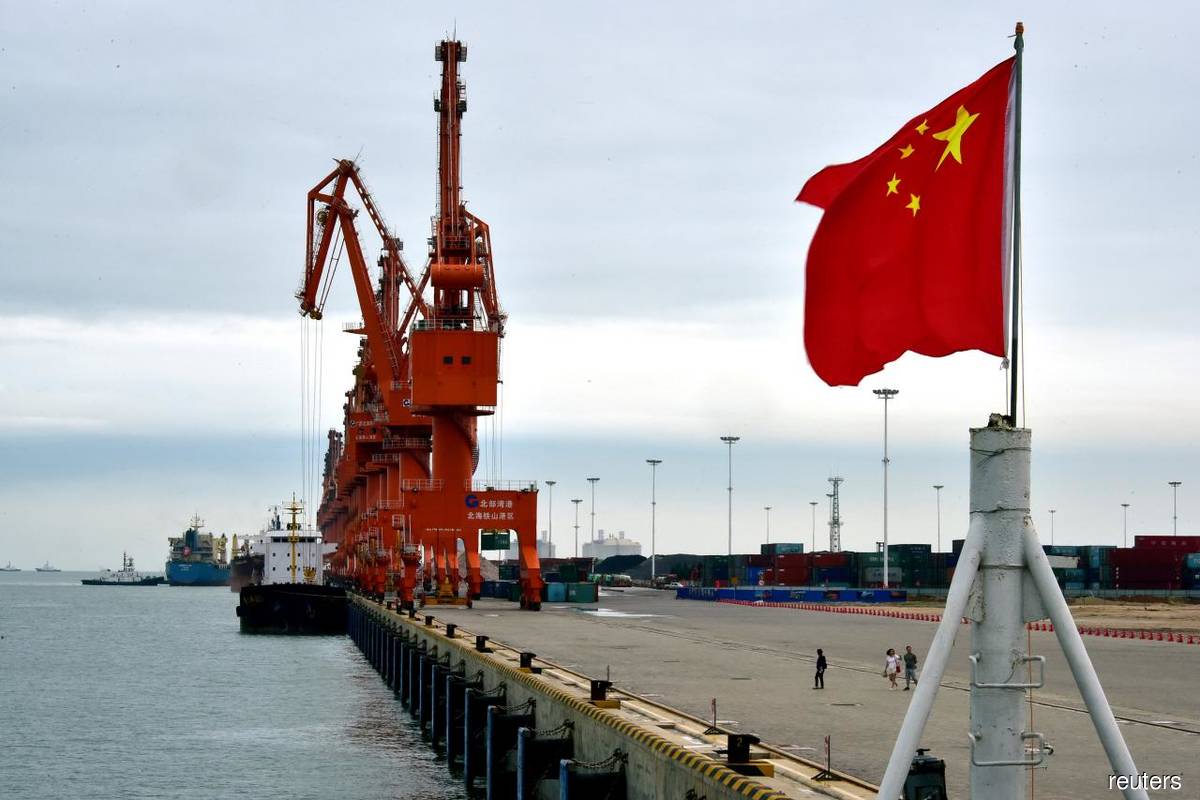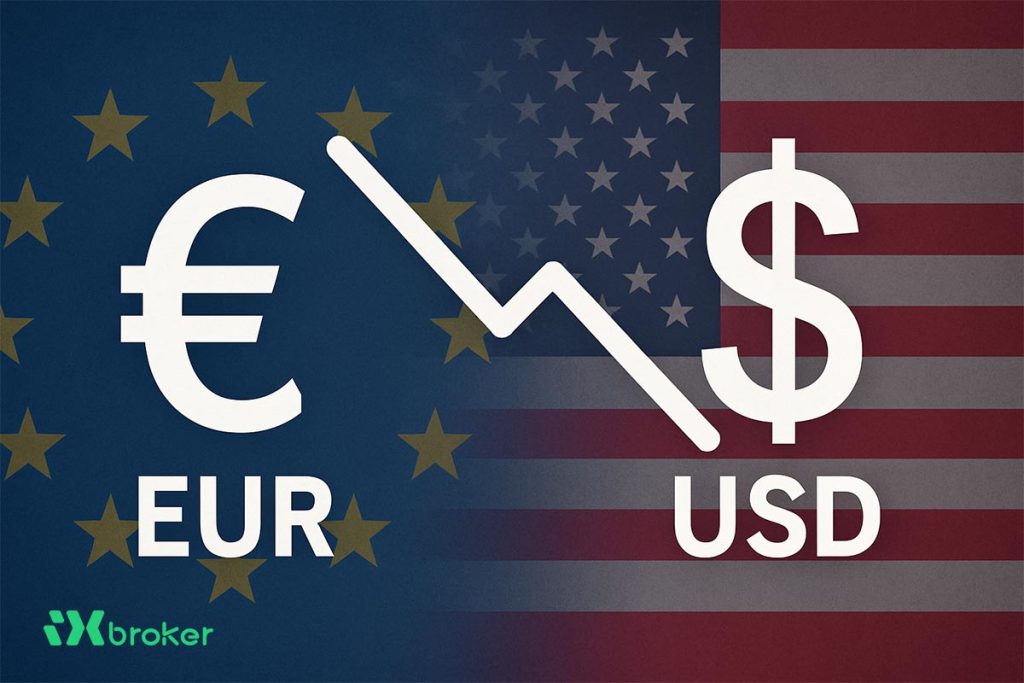China enforces steep anti-dumping duties on engineering plastics from the US, EU, Japan, and Taiwan. Read the full details of the trade move.
Amid ongoing trade tensions among global economic powers, China has announced steep anti-dumping tariffs on imports of a key engineering plastic from the United States, the European Union, Japan, and Taiwan—an action likely to disrupt global supply chains and carry broad economic implications.
Investigation Concluded, Tariffs Enforced
On Sunday, May 18, 2025, China’s Ministry of Commerce concluded its anti-dumping investigation into imports of polyoxymethylene (POM) copolymers, a high-performance engineering plastic. The probe, initiated in May 2024, followed shortly after the United States significantly raised tariffs on Chinese goods including electric vehicles and semiconductor products.
A Critical Material for High-Tech Industries
POM copolymers are widely used as substitutes for metals such as copper and zinc in a variety of industries, including automotive components, electronics, and medical devices. Their mechanical strength and chemical resistance make them essential to modern industrial production.
Country-Specific Tariff Breakdown
According to the official announcement, the newly imposed anti-dumping duties will be applied as follows:
- United States: Up to 74.9%
- European Union: 34.5%
- Japan: 35.5%, with a reduced rate of 24.5% for Asahi Kasei Corp
- Taiwan: General tariff of 32.6%, with significantly lower rates for Formosa Plastics (4%) and Polyplastics Taiwan (3.8%)
From Temporary Measures to Permanent Policy
In January 2025, China implemented provisional anti-dumping measures in the form of security deposits. With the final investigation results now published, those provisional steps have evolved into formal and binding tariff regulations.
A Strategic Response to U.S. Trade Policies
Analysts see China’s move as a strategic reaction to U.S. protectionist policies. Despite a recent agreement between Washington and Beijing to reduce reciprocal tariffs during a 90-day truce, the imposition of these new duties signals that underlying distrust remains strong between the two economic superpowers.
Potential Impact on Global Supply Chains
Experts warn that these tariffs could place additional financial pressure on global manufacturers who rely on imported POM materials. Higher input costs may ultimately drive up consumer prices and erode the competitiveness of key industrial sectors.
Growing Concerns Over Global Trade Stability
The Asia-Pacific Economic Cooperation (APEC) group, in a recent summit held in South Korea, highlighted “fundamental challenges” facing the global trading system. The increasing use of unilateral trade measures, such as China’s new tariffs, has sparked concerns over the future of multilateral trade cooperation.
Outlook: Escalation or De-escalation?
While temporary easing of trade tensions has been welcomed by markets, China’s latest tariff decision underscores the fragility of any long-term resolution. The coming months will likely prove critical for the direction of international trade, particularly in strategic sectors like technology and raw materials.




